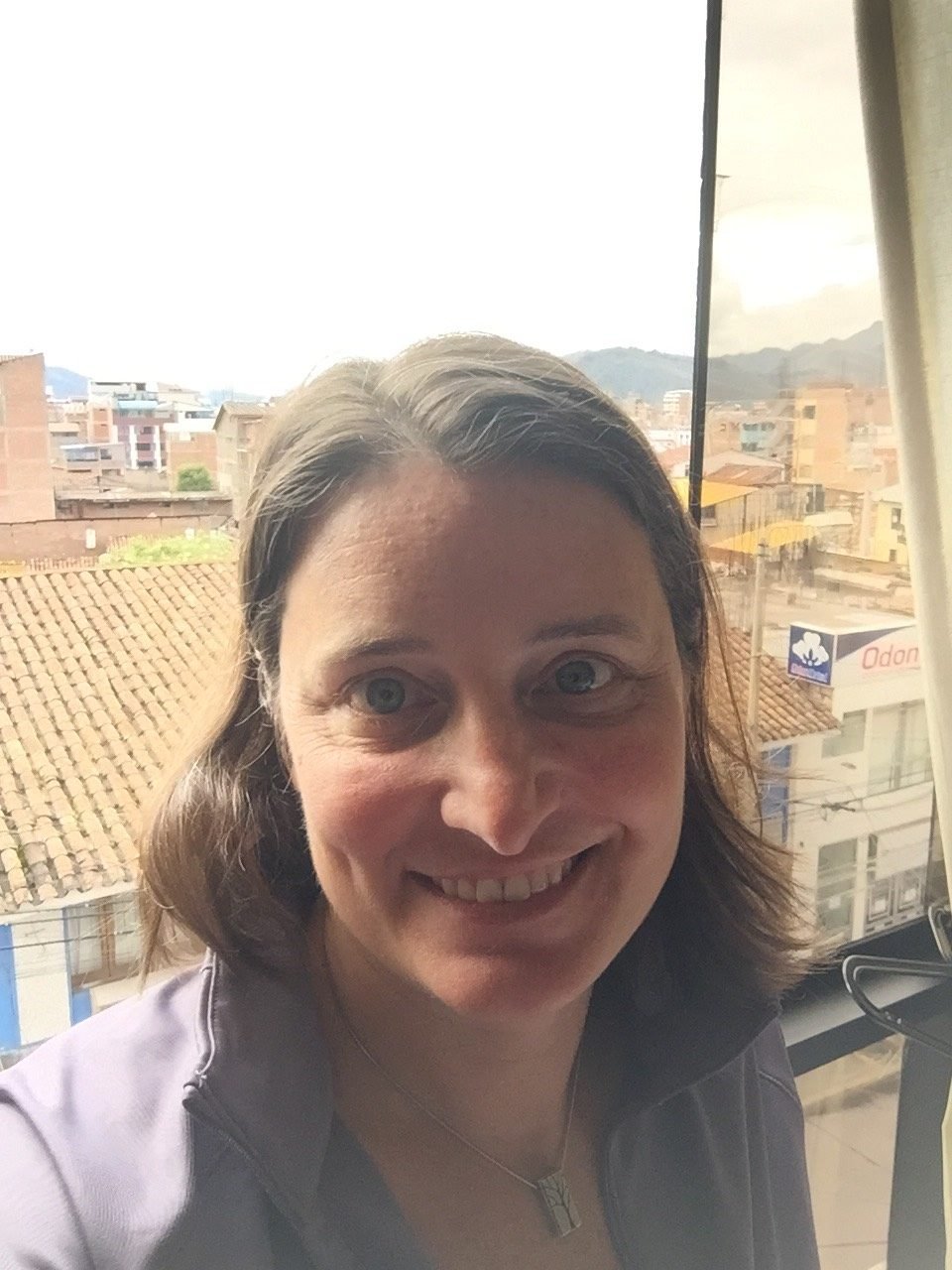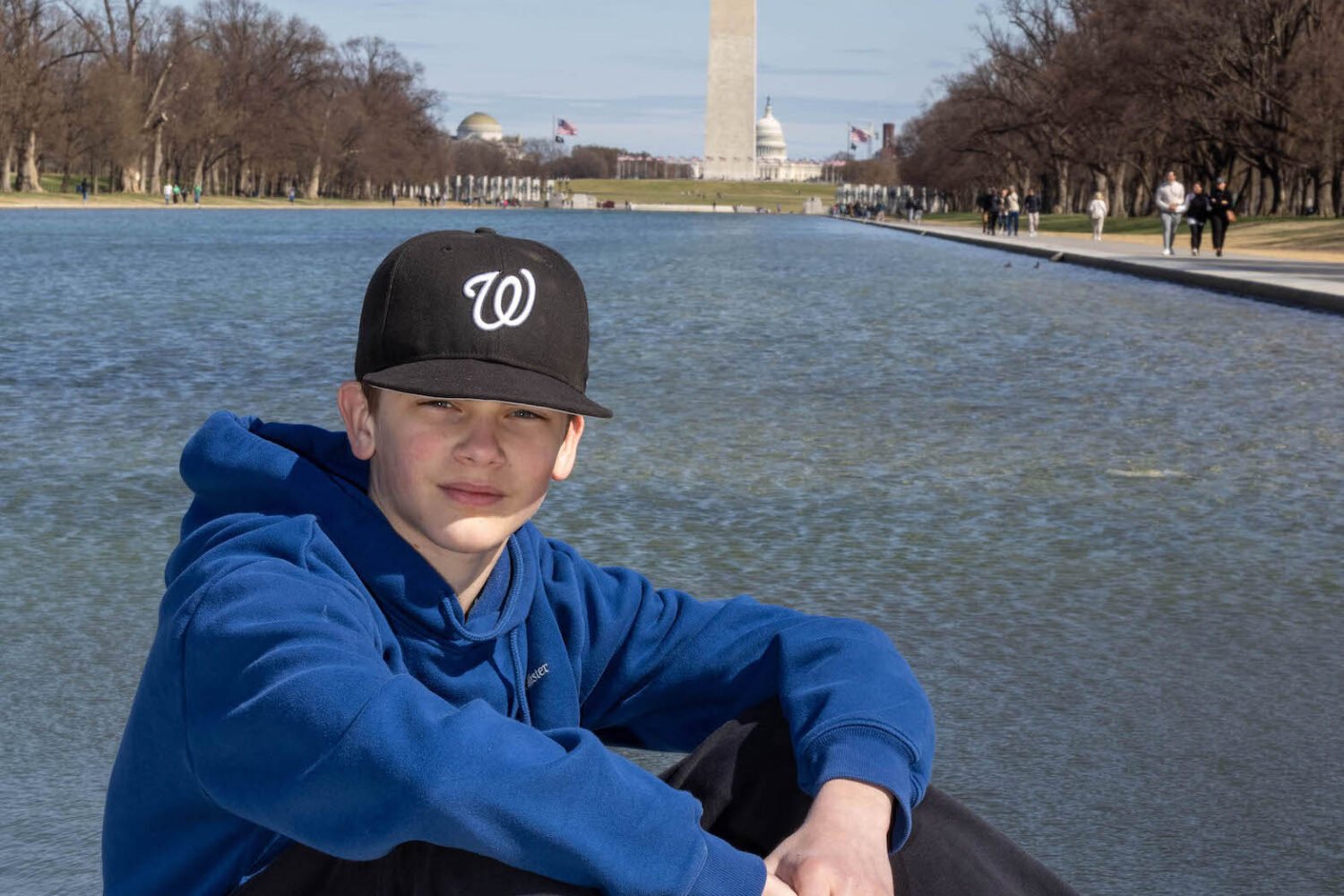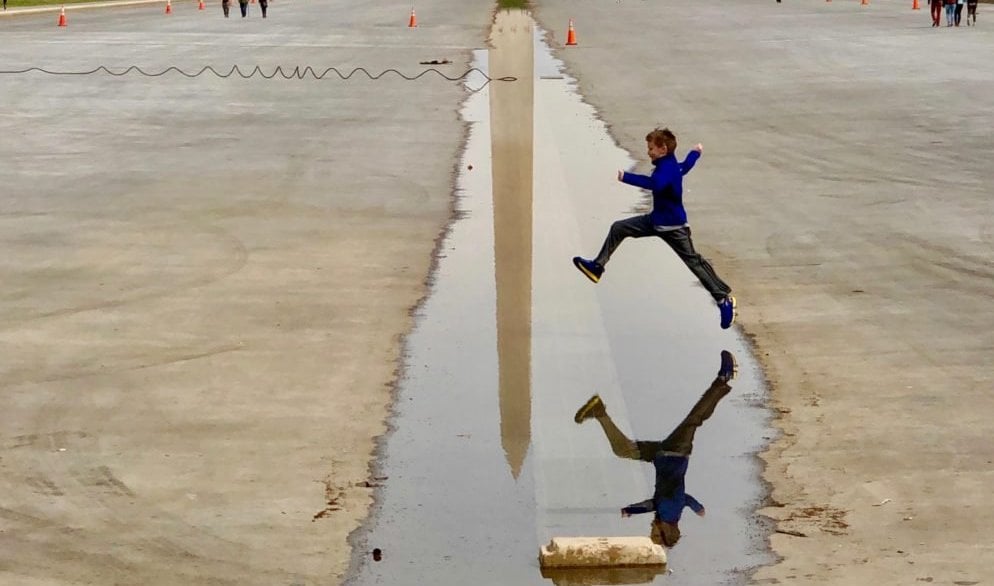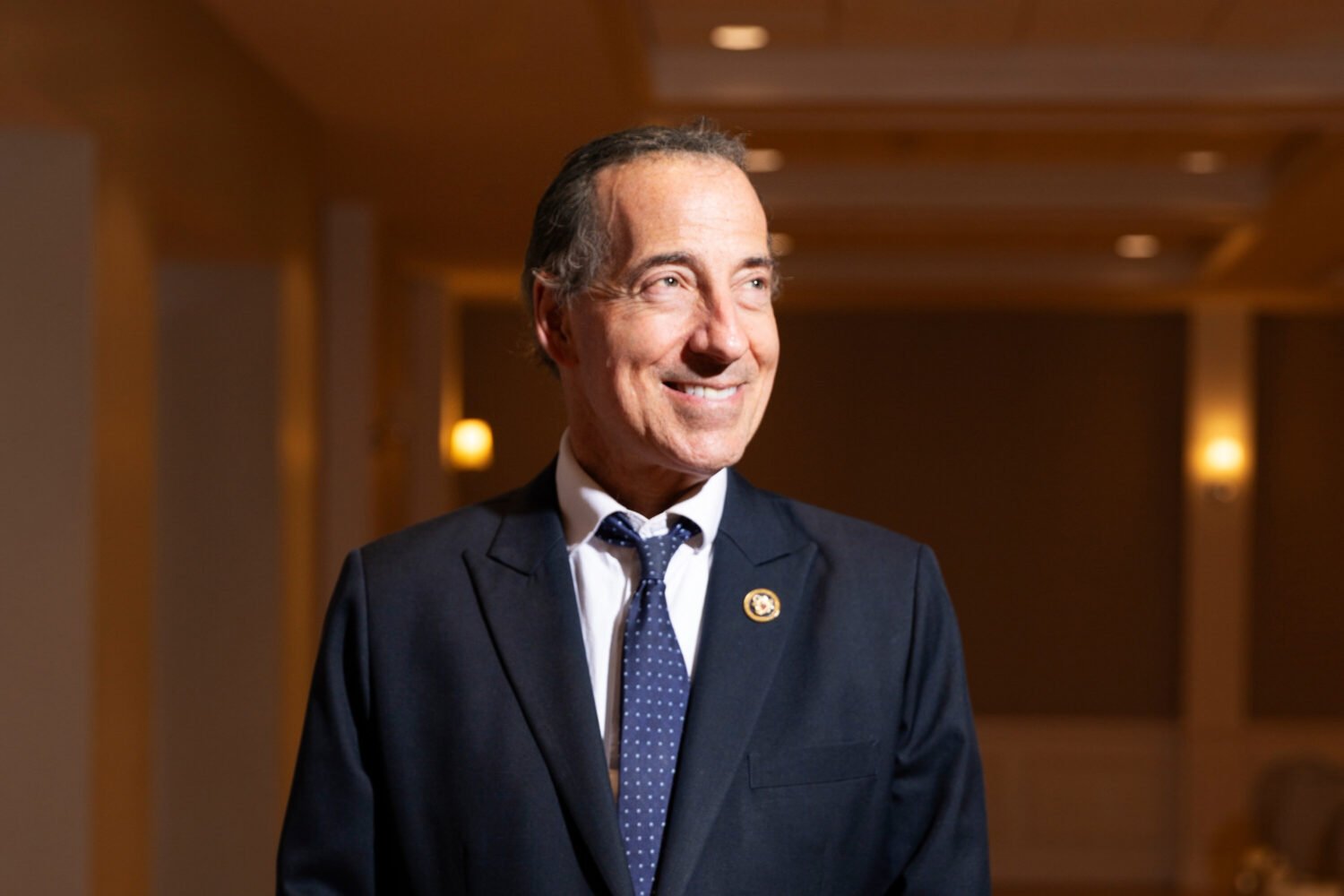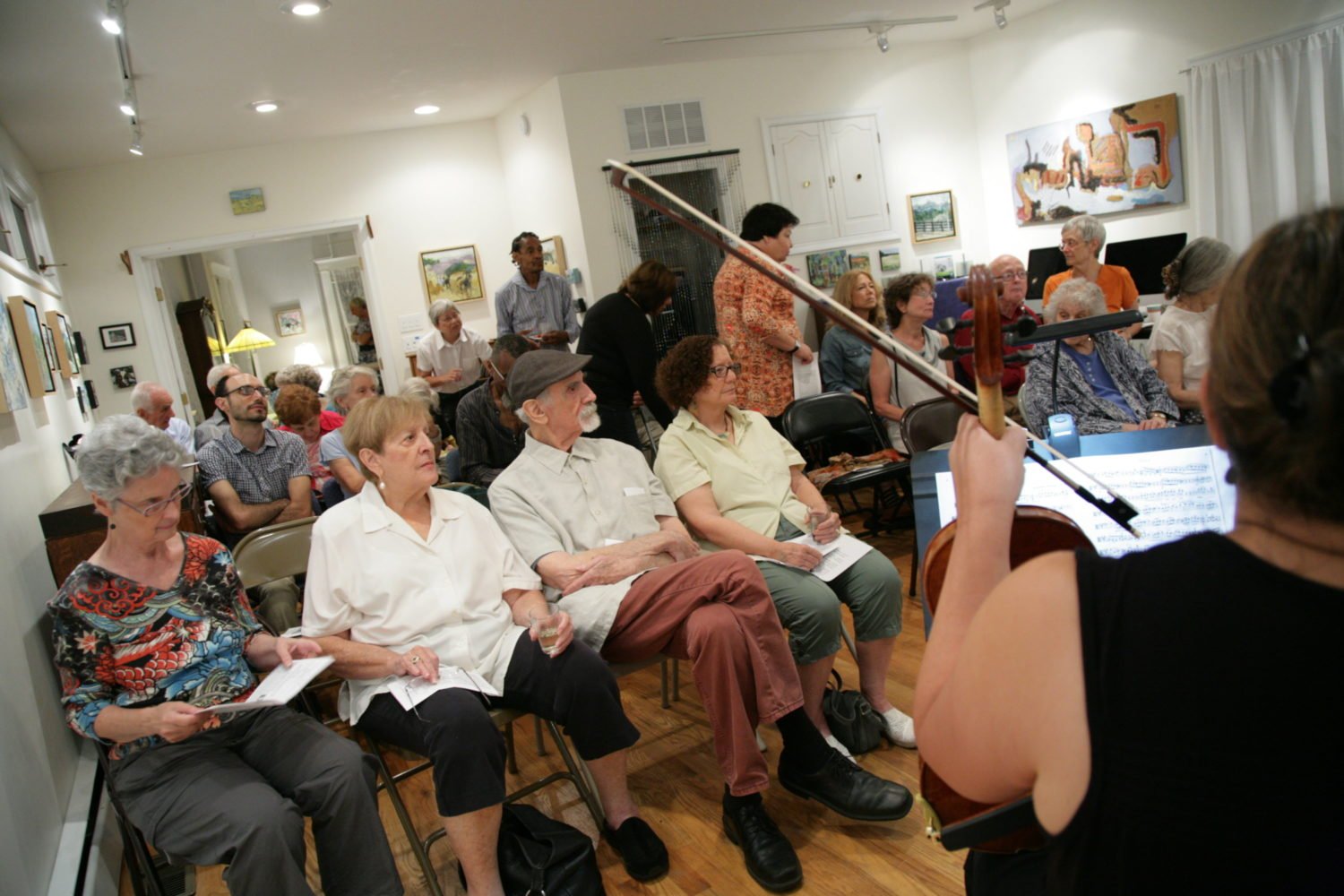About Coronavirus 2020
Washingtonian is keeping you up to date on the coronavirus around DC.
UPDATE: The State Department put Herdman on a flight out of Cusco on April 1. She arrived back in the United States that evening.
Sara Herdman, 44, is a mother of three from Bethesda. After getting laid off from her marketing job in January, she planned a three-week solo trip to explore Peru and climb Machu Picchu, while figuring out the next steps in her career. She arrived in the country on March 9. A week later, Peru’s president announced a state of emergency due to Covid-19, and shut down the borders. Since then, Herdman has been stuck in a hotel room in the city of Cusco. We spoke to her on March 31, the day she was originally supposed to return to Washington.
“In retrospect, it was not a smart idea to come here. As with many of my compatriots here, it was the trip-of-a-lifetime-type plans. The thing that got us all into trouble is they closed the borders very suddenly on March 15th. I was in a city called Arequipa. I had to make a very quick decision about what to do. I jumped on a bus to get myself to Cusco, which had the closest international airport. [The ride] took 16 hours. When we pulled into town, I went to the airport and it was a mad scene. There were SWAT-type police, with the big shields and the gear, lined up and blocking people. There were crowds of people trying to get in. It was kind of scary, to be honest. It was clear pretty quickly that there wasn’t gonna be a way to get out.
“I’m in a hotel here with a dwindling number of people, from all different countries. They made travel between areas illegal. I really can’t leave my block. I’m not supposed to go farther than my local supermarket. I’m in this room all day, mostly. My room is probably eight-by-eight. Like as big as a king-size bed, with a little bit of room to walk around. I’m very grateful that I have a window. It’s very common to be in a hotel in Peru and not have one. I spend a good bit of my day leaned out the window, looking at what’s going on out there, which isn’t much. It’s pretty quiet. They serve breakfast in the morning—they put out fruit and that’s great. And they serve lunch, which is so big that it’s fine. So, yeah, I’m counting my blessings.
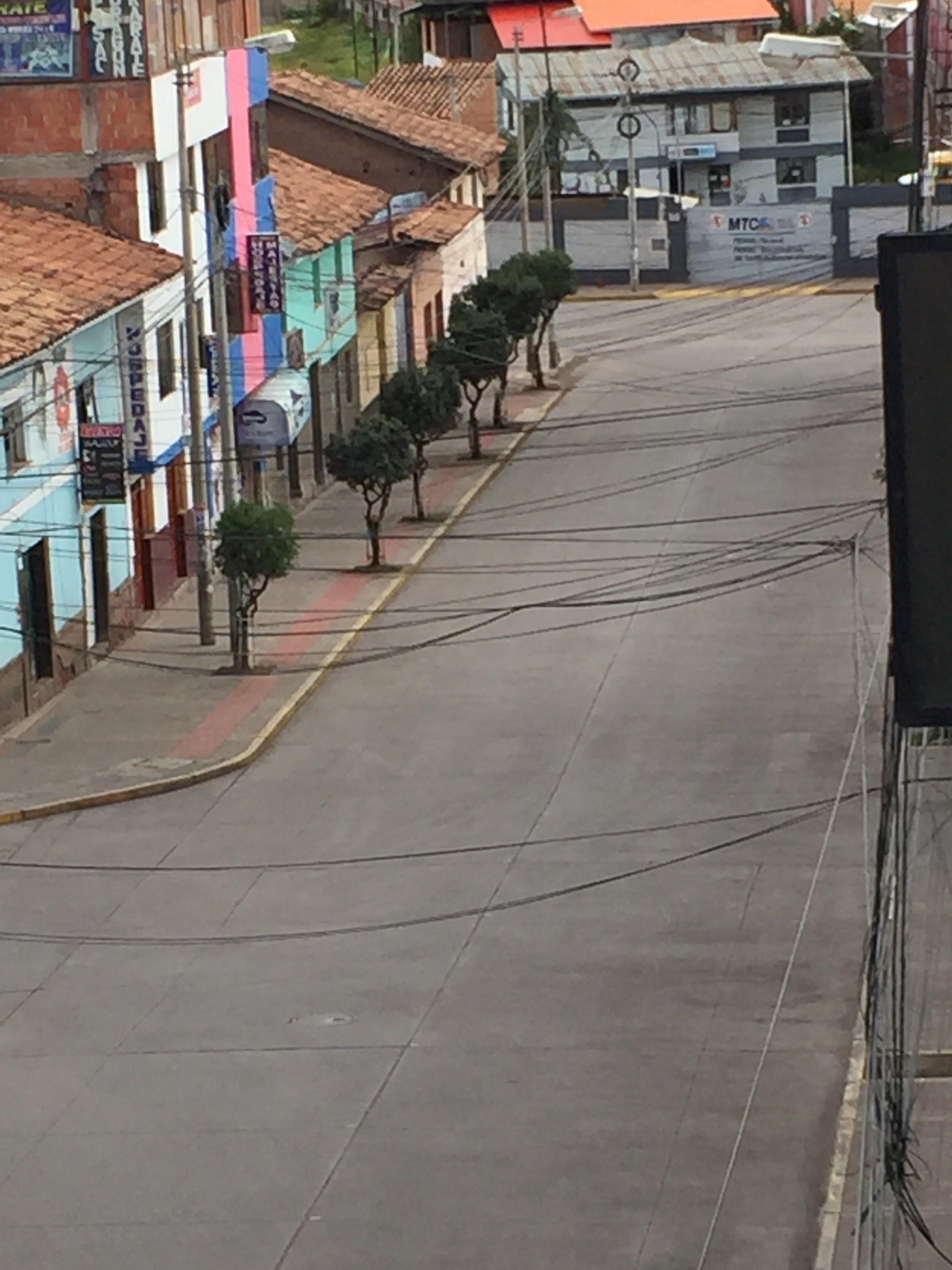
“I’ve got my little stockpile from the grocery store of canned tuna fish and crackers. I now haven’t been out in several days because I got kind of nervous. I heard from some of my friends in the hotel who are from Germany that they went to get water and people at the door of the grocery store were taking temperatures, but only for foreigners. There’s definitely a feeling here like foreigners brought the disease, and no one wants to get caught up in any unrest or targeting. Who knows what’s rumor and what’s not, but all of us are connected through Facebook groups that have formed. Just a couple days ago, there were some British guys who were saying that someone had been arrested in the grocery store, and it wasn’t clear why. People are scared.
“I’ve heard of two hotels in Cusco where one guest has symptoms, and what’s happened is the whole hotel has been shut. [Everyone] is locked in. They’ve been told by the police that they won’t be allowed to leave that building for one to three months. So this is my biggest fear. The longer I’m here, the bigger chance there is that someone in my hotel, whether that’s me or someone else, would cough and we’d all be locked in.
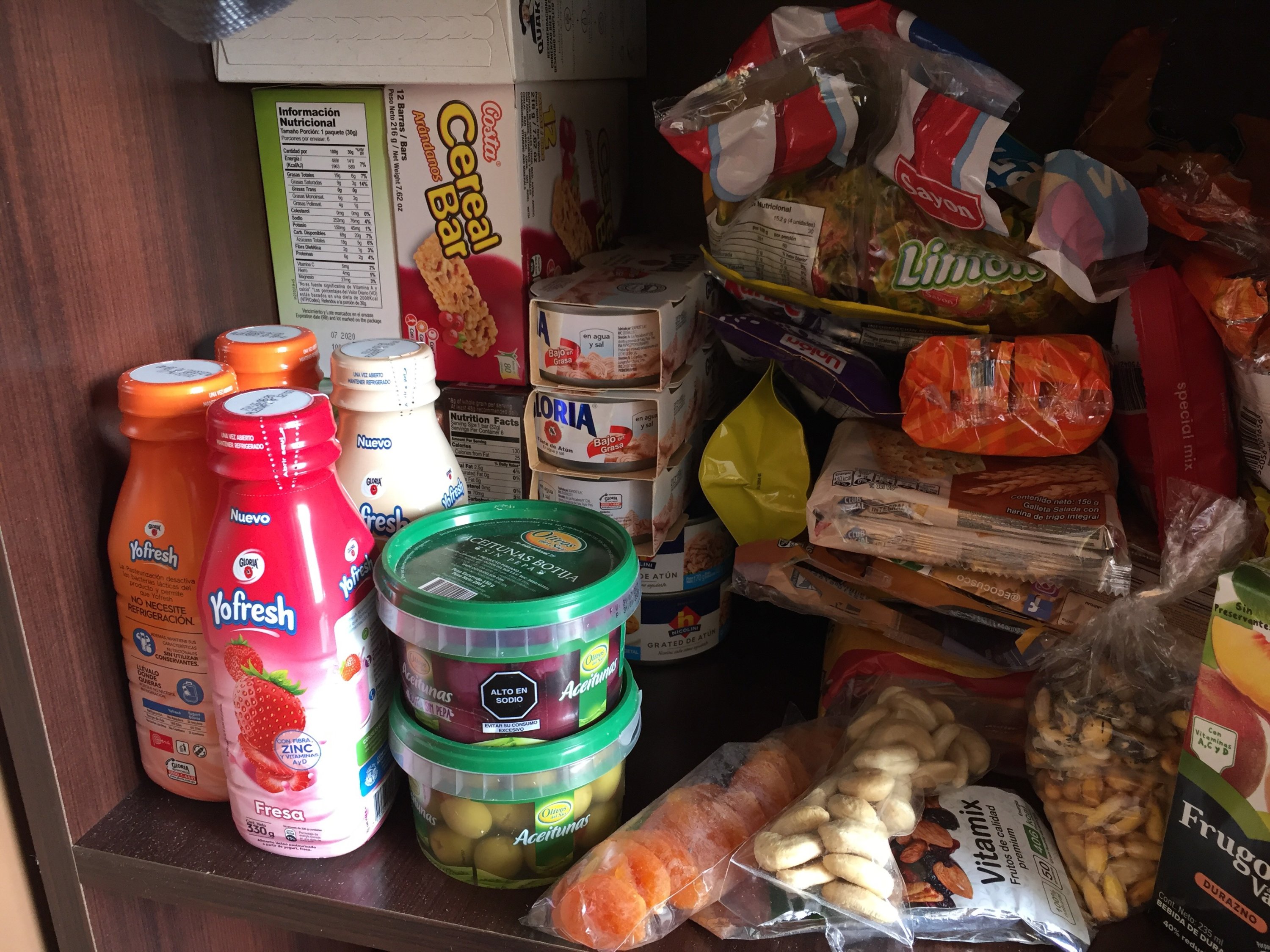
“At first, the most disconcerting thing was there was no communication at all from the US embassy. [My husband] has helped me get in touch with our Senators and our congressman. My congressman, Jamie Raskin, has been in touch and very helpful, and I know just [this week] he was on a call with the State Department. In the last few days, the communication from the State Department has really improved. We at least get daily updates now. A lot of times they kinda say the same thing, but it’s very reassuring to at least be getting communication.
“They are sending one flight per day out of Cusco [to Miami, through Lima]. The process is, we’ve all registered with the State Department. Each night, they send an email to each person who is on the manifest for the next day. They’ve said they’re prioritizing high-risk individuals—seniors and unaccompanied minors, and people that have diabetes or lung or heart diseases. I’ve been checking my email every night, all night, hoping and crossing my fingers. My turn hasn’t come up yet. Unfortunately, I’ve seen lots of photos [on Facebook] of mostly empty planes. The embassy has acknowledged it. I think they’re having trouble with their process.
“The thing I’m most grateful for is I have the internet. I don’t know what would happen if I didn’t. My [eight-year-old] son has started asking when I’ll be home, because they knew I was gonna be away for a while. I was supposed to be home today, the 31st. My [11-year-old] son, I think, has figured it out. My husband is very nervous, and really desperate to have me home, and just, generally, overwhelmed, I think.
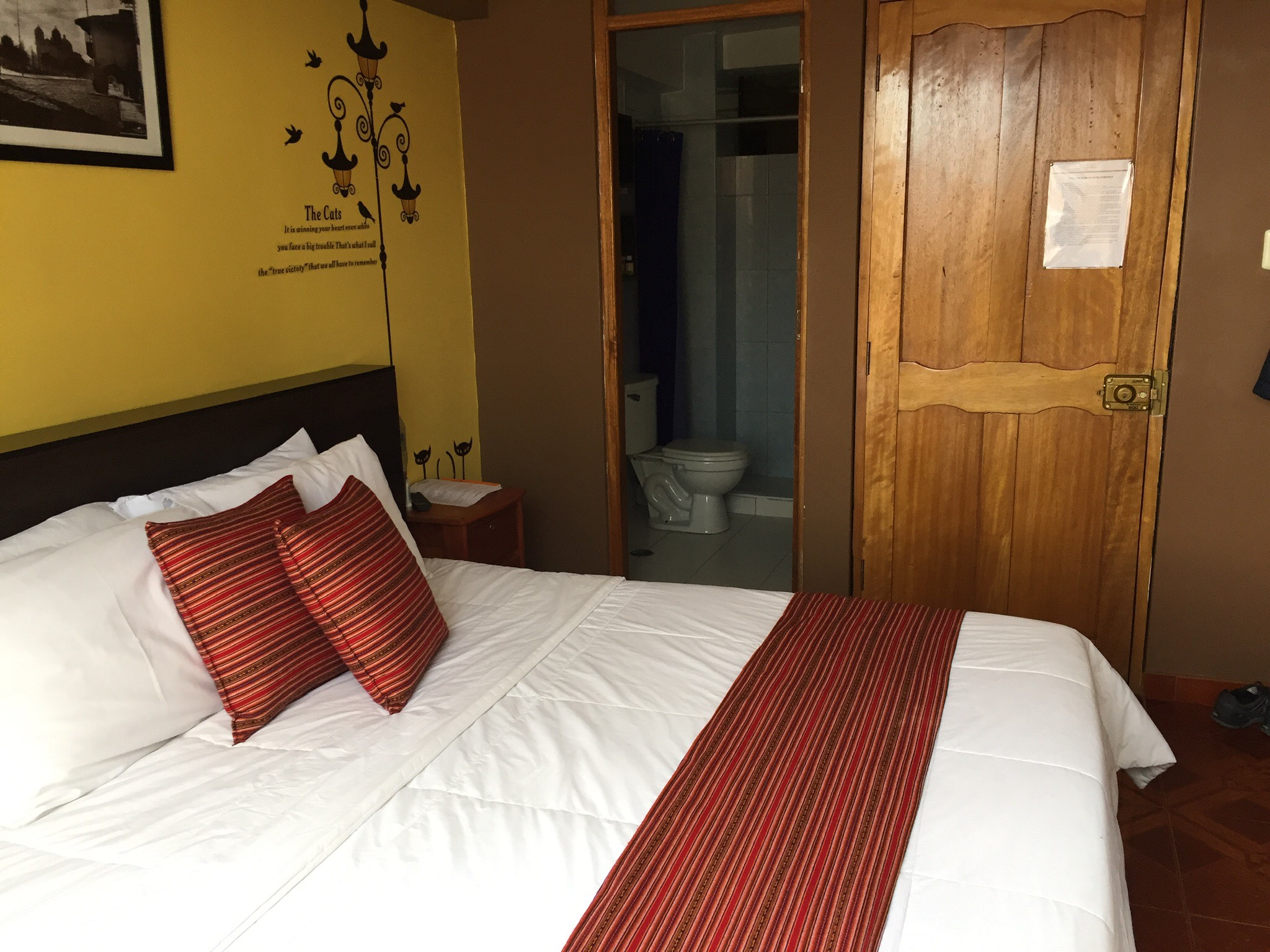
“I just feel with every passing day there’s just more risk that something else can happen. I wish [the US Embassy] could send more than one flight a day. I wish they could answer my questions about how many people are still left here, and how many are allowed on each flight. Then I could at least set expectations. I know I’m not a priority. I’m 44 and healthy. But I’m scared. I don’t say it that way to my family. It’s hard to not have an answer for my eight-year-old. Because they’re all going through a ton of stuff, too. They can’t go to school. They can’t see their friends. I just wish I was there.”
We asked the State Department for clarity on the process of bringing Americans home from Peru. A spokeswoman declined to comment, referring us to updates on the US Embassy in Lima’s website and a March 30 statement from Principal Deputy Assistant Secretary Ian G. Brownlee:
We also spoke with another American, Los Angeles teacher Shawn Hill, who was able to leave Cusco on Monday. Rather than wait for the email telling him he’d made it onto the flight, he says he simply showed up to the airport and was allowed to board the plane, along with dozens of others, as a standby passenger, because the flight would have otherwise not been full. After landing in Miami, he says, he got a flight home to LA that cost $20.
*The interview with Herdman was lightly edited and condensed for clarity.

